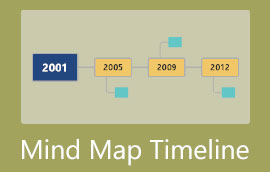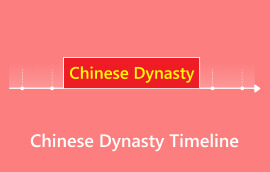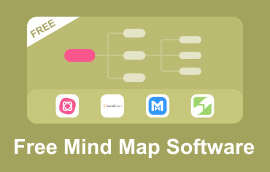An American Indian History Timeline Helps Tease Out the History
Before knowing the history of American Indians, we should know what are the American Indians. American Indians are the native people of the Americas, whose history, culture, and social situation are full of complexity. The history of Indian Americans is an epic of suffering and struggle, and its complexity and diversity cannot be ignored.
Therefore, learning its history is meaningful. And the American Indian history timeline helps you get a better understanding of the history.

- Part 1. Indian American History Timeline
- Part 2. Best American Indian History Timeline Maker
- Part 3. FAQs
Part 1. Indian American History Timeline
The timeline arranges events in chronological order so that the development of historical events is clear. This intuitive presentation helps learners quickly grasp the main line of historical development and understand the causal relationship and logical connection between various events. Follow us to see the American Indian history timeline we made to have a better understanding of the history.
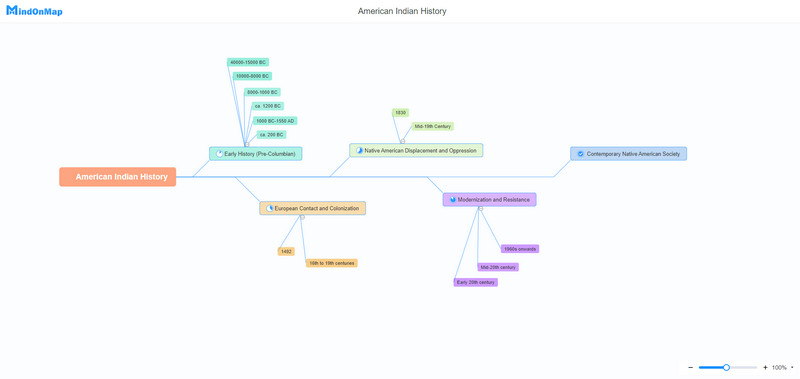
The American Indian History Timeline can be broadly outlined as follows, encompassing significant events and periods from ancient times to modern times:
1. Early History (Pre-Columbian)
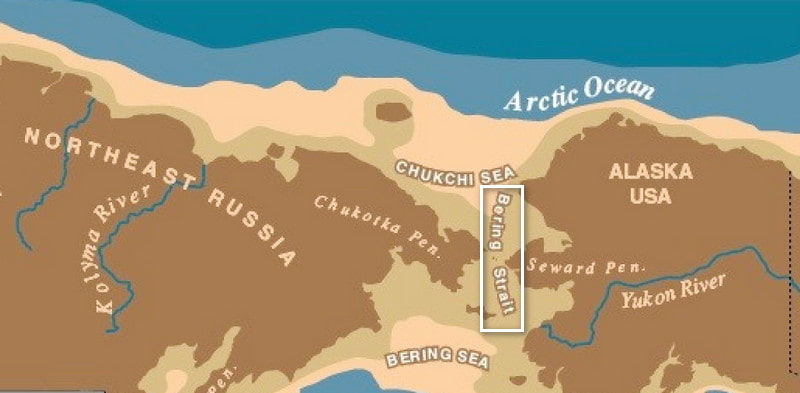
• 40,000-15,000 B.C.: People migrated from Asia to North America via the Bering Land Bridge.
• 10,000-8000 B.C.: The Paleo-Indian period, where they hunted large game and led a nomadic lifestyle.
• 8000-1000 B.C.: The Archaic period began, with Native Americans shifting towards hunting smaller animals, fishing, and gathering wild plants.
• ca. 1200 B.C.: Southeastern Native Americans began cultivating squash.
• 1000 B.C - 1550 A.D.: The Woodland-culture period, where Native Americans settled in permanent locations, often near rivers, and adopted a mixed way of life involving hunting, gathering, and agriculture.
• ca. 200 B.C.: Southeastern Native Americans commenced cultivating maize (corn).
2. European Contact and Colonization
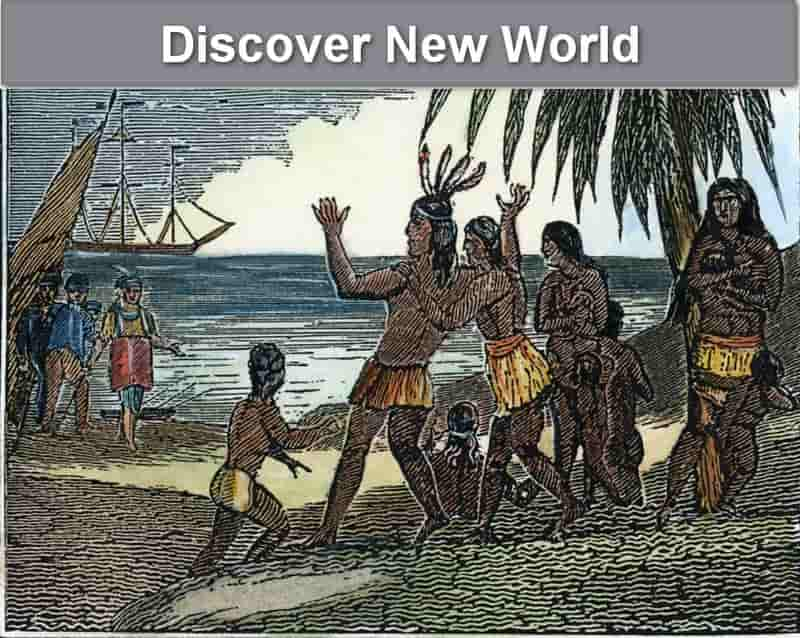
• 1492: Christopher Columbus discovered the New World, initiating European contact with Native Americans.
• 16th to 19th centuries: Spain, France, England, and other European nations established colonies in North America, leading to conflicts and wars, with Native Americans.
• During this period, Native American lands were vastly appropriated, their population drastically declined, and their cultures were impacted.
3. Native American Displacement and Oppression
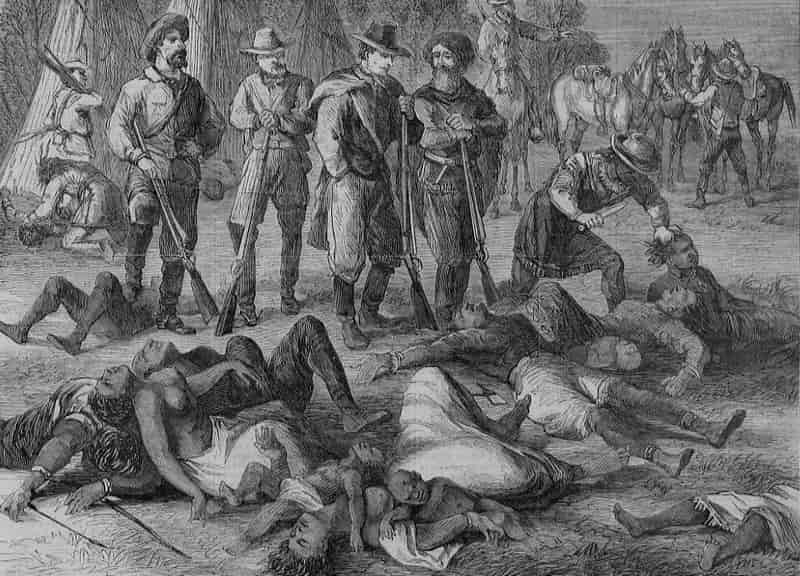
• 1830: The United States passed the Indian Removal Act, forcibly relocating southeastern Native Americans (including the Cherokee Nation) to reservations west of the Mississippi River, known as the "Trail of Tears."
• Mid-19th century: The US government, through policies and wars, further dispossessed Native American lands and rights, including signing unequal treaties and launching military campaigns.
4. Modernization and Resistance
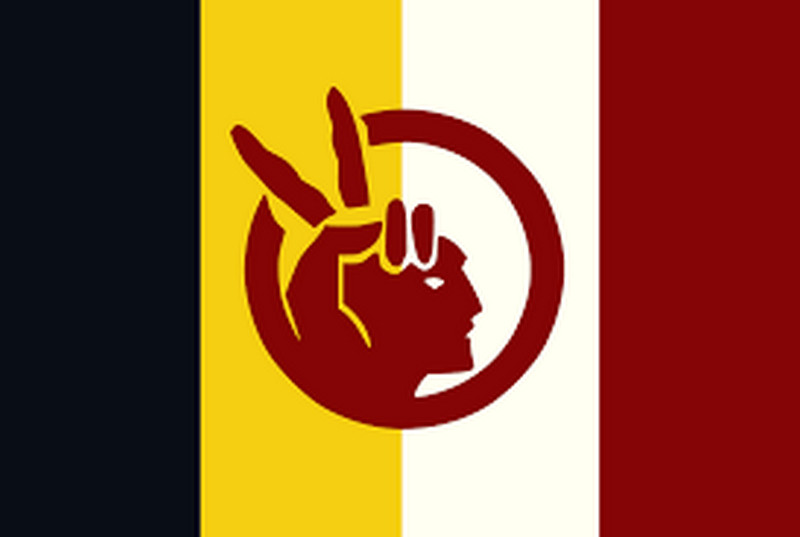
• Early 20th century: As the US modernized, Native Americans faced increased cultural shock and societal issues such as poverty, inadequate education, and health problems.
• Mid-20th century: Native Americans began organizing to fight for their rights, including land claims, cultural preservation, and educational equity.
• 1960s onwards: The Native American movement gained momentum, with some Native American groups and organizations achieving significant progress in their advocacy efforts, through legal battles, political lobbying, and cultural activities.
5. Contemporary Native American Society
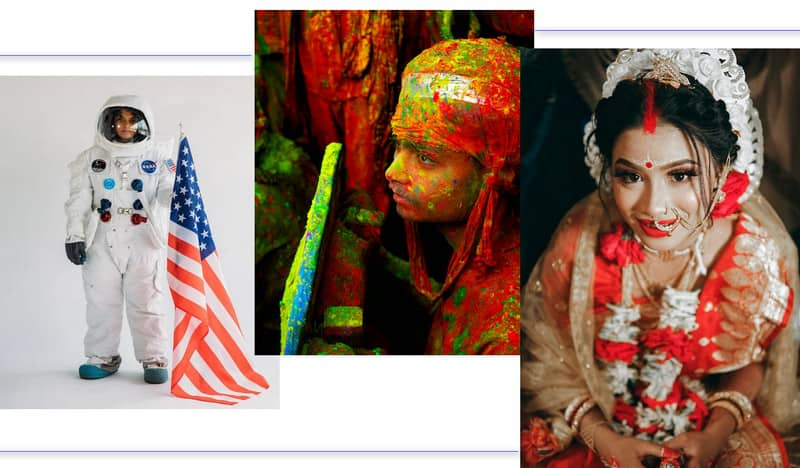
Native Americans have remained a vital group in American society, with their unique cultures, traditions, and communities until now.
They have made achievements in education, politics, and economics but still face numerous challenges and issues, such as poverty, discrimination, and cultural erosion.
Please note that this timeline covers some of the significant events and periods in American Indian history but may not encompass all details and aspects. Additionally, due to the complexity and diversity of historical events, there may be controversies and differing interpretations.
Part 2. Best American Indian History Timeline Maker
In Part 1, we show you a finished American Indian history timeline, which the best timeline maker, MindOnMap, makes.
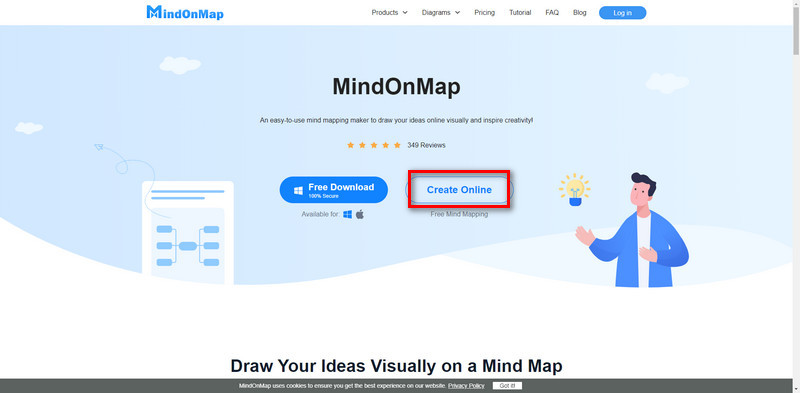
MindOnMap is a charting tool widely used in mfany situations, such as history timeline drawing, project management, work planning, etc., due to its ease of use and versatility. It can be downloaded for Mac and Windows computers or used online.
Secure Download
Secure Download
MindOnMap not only supports the production of mind maps, such as making an American Indian history timeline, but also can draw charts, such as Gantt charts, providing you with a comprehensive visualization solution. Besides, it offers a large number of templates and themes for different types of charts, such as tree maps, flowcharts, etc., which enable you to choose the proper model to edit according to your needs. Also, you can completely customize the style and layout of the chart. Moreover, it supports real-time saving of edited documents to prevent data loss. At the same time, you can export the produced timelines to SD JPG or SNG images for free.
Part 3. FAQs
Where did American Indians come from?
The earliest Native Americans arrived in North America between 30,000 and 12,000 years ago, across the Bering Land Bridge from Asia.
Who was the first Native American in America?
The Clovis people were the collective name given to those early North American settlers.
Why is American Indian history important?
Because American Indians and the events surrounding them significantly impacted the histories of the European colonies and the contemporary nations of North, Central, and South America.
Conclusion
In this article, we show you an American Indian history timeline, explain the history in detail, and describe the best timeline maker, MindOnMap. As mentioned in the text, American Indian history is an epic of suffering and struggle. If you want to have a deeper understanding of American Indian history or the history of other countries, MindOnMap would be your best helper. Have a try!









